SO. We’re back and now that we have our script breakdown, it’s time to boil it even further into a proper pitchkit. As great as you may believe your proposal to be, this next bit will make or break your chances for moving onto the next stage: getting a contract, and getting to work.
In general there are always two basic approaches to pitching a project: In person or via mail/email. I find the former is preferred- it takes more time, and requires travel, but the essential benefits of being able to sit across from an editor or an AD cannot be underestimated. You can email and snail mail pitches later, but I find this carries more umph if you have a previously established relationship to build on- i.e. at least one office visit. Sometimes an editor strolling through a con might ask for a pitch to be sent, and that’s okay too, but try to avoid out-of-the-blue unsolicited pitches. I have been in their offices and seen the towering stacks of these and seen the toll it takes. Editors are people too, with lives and the need to live them. As much as your pitch is the most important thing in the world to you, to them it is one among thousands.
(above) original cover and back matter art
But back to INDEH. Ethan and I came up with a rather consolidated approach, both art-wise and in prose form. First, you want a cover sheet that summarizes the basic gist and arc of the story, and for us this is the hardest bit. Ethan I think due to his time in film, is used to one-line concise pitches and was really able to nail it down. This is not a blurb on the back of a book to draw a potential reader in- this is a summary for the initiated. You want to lay it all out in descriptive and brief summations, not flowery catch phrases and snappy ad-copy. An good editor will know if a story has legs or not by way of this first summary minus the bells and whistles, and a good story worth the telling will sell itself in this stage. The fact you have a meeting at all means this is assumed going in, so when you write this, attack it with a get-down-to-business approach.
We summarized INDEH with a quote from Geronimo himself, and a mission statement. Telling a tale largely untold about the Apache Indians, the way we intended to tell it is by fact of itself, and our NOT being Apache Indians by blood, make this entire project controversial. Our trick is to make it work so this is forgotten. Sometimes we had potential publishers that got right away with what we were doing, others needed convincing. We did our best to do so with a comprehensive pitch that was surrounded by art, and presented Ina clean, uniform and most importantly, brief format. No more than five pages all told.
The next step is breaking down the story into three single page more fleshed out plot summaries- ours is a story in three basic acts, so the book form is ready made for this. We just needed to touch upon the basic points, describe the action of our core players and how they span the three acts. Unlike the summary and mission statement, this is less an exercise in intent, and more a plot summary you might read in a tv guide or a Hulu description of a film before choosing to watch it. Like the summary and mission statement, your ability to do this well indicates how much a grasp you have on your material and your ability to organize it in a professional way. This is, in essence, the first date, and making sure you present your best self is going to be a big factor in determining whether you get a second date after this. So don’t take it lightly. Get friends and other peers in the business to read your pitches and have them provide feedback. I say this when people ask me about critiquing their work, and the same holds true here: You have your mommy to tell you you’re wonderful, don’t look for praise and softball edits when showing work to others. An honest, even harsh real assessment is a million times more valuable than dismissive or awkward encouragement. Get a thick skin- not everyone’s going to like what you’re doing. And be confident in what you’re doing to be able to discern worthwhile criticism from trolling, or mere compliment.
Now in the midst of all this, since this is intended as a graphic novel, it’s entirely important to include art. And yes, that means on your own time, make some of the best drawings you can for this. I was so incredibly in love with this project I had a goodly amount of art already generated to pull from, but I did make more for this too. Ideally, you want to have comics pages- no more than three or five, when pitching a graphic novel. I could get away with not doing this because I have a large body of work to point to, and brought some of those along- I had also begun and never got to finish a western for Vertigo and while in many ways dissimilar to what we were doing for INDEH, it was close enough in subject matter to stand in for this.
Both mine and Ethan’s agents, (Allen and Eric respectively), then came up with a list of publishers we’d like to consider, Allen honed this list down and scheduled them all. Ten meetings in two days. A total whirlwind. We had two or three ideal locales in mind, and we had others we weren’t familiar with to visit mixed in. Allen made sure that each publisher got an emailed pdf of the pitchkit and the gist of what we were proposing before we walked in their door so we could hit the ground running at each meeting. Overall, we had a big leg up over the usual approach- Ethan had his film career and writing credits to bring to the table and I had nearly twenty years in comics, and publishing to add to the pile. Between us we had the practical know-how to make the book and the engine to market and sell the book once it came out. This is a huge plus in our corner walking in any door. Not a usual one, but pure gold when the chance arrives. Like the selling points of the story itself it’s important to know this and to remind the editors and publishers of this in the meeting. We also were not pitching this book to any comics publishers, and we did this on purpose. There’s a long discussion to be had about this particular divide, and a topic for a later post, but for now we both agreed we were looking for a wider audience than most comics publishers can provide. This was to be a fully realized book, not a series of pamphlets. Happily the medium of comics is no longer entirely enjoyed by a scant few direct market publishers. Take advantage of this folks- this is the boom-time for graphic novels, and the wider publishing world is hungry for more. Think beyond the page rate and the comics shops.
Having four or five pitch meetings a day, for the same project is exhausting beyond words. We were basically having to do the same dance multiple times a day for two days straight, shaping it to each publisher, and of course, over time both getting exhausted by the repetition of it all as well as benefiting from the repeats to get better at it. Ethan and I really get going like a pair of steamrollers when we get to throwing ideas backj and forth- this can be exciting in a pitch meeting, but it can also be domineering and terrible if left unchecked. So it helps to know when to slow down and read the room. Many of the meetings were either working or not within the first few minutes. You can just tell if the person you’re talking to is getting it, or not. I think we even had one meeting we knew was over before we barely sat in our chairs. These can be the roughest to get through because the editors and publishers made time to see you, and you owe them a conversation even if you both agree this isn’t the right book for them. You also don’t want to burn any bridges you might want to exploit in the future. Presumably you will be pitching other projects down the line which may suit them better, so as much as your current meeting is about what’s in front of you, remember it’s also about what you’ll show them next year or in five years. There’s a lot of musical chairs in publishing and the assistant editor at Simon and Schuster you are meeting with today, could well be running an imprint at Harper Collins tomorrow. Be nice, be professional and think about tomorrow, because it comes a lot sooner than any of us can expect. Plus everyone in publishing knows each other fairly well and word spreads. This can be good for you or bad depending on how you conduct yourself.
As much as a pitch meeting is about the pitch and the project, it’s also about you reading them and they reading you. I will bring back in the first date analogy for this: you need to not just be courteous with each other, you need to get each other and be able to get along respectfully with each other. Working with an editor on a book is an extremely intimate prospect, and it demands a great deal of trust from both sides for it to work in the best way possible for the book. There’s a lot of folks in comics who will proclaim there is no need for an editor- ignore these people. Seriously. Consider anyone who wholly dismisses the editorial process, a fool not worth listening to. You need an editor. You WANT an editor. The better the editor, the better the book. A good editor will be the person on shore allowing you to swim out further in the ocean of your ideas without drowning in them. Conversely, a bad editor can be a real obstacle. So read them and the room you’re in. We sat in front of publishers in super slick offices promising big bucks and superstardom, and others in dark and dingy offices who weren’t wearing designer suits. None of that stuff matters. It should be about the people you’re talking to first and foremost. You are in essence, courting members of a team, and you need to make the right choices about whose coming on board. You want to meet with the editor as well as the designer and art director you’ll be working with if possible. Every publisher has a different culture and you want to find the one that has the right fit for you. Generally follow the people not the companies. Giant hits come from all quarters so being with a big one, like Harper Collins or Random House doesn’t also guarantee a big pay out, or marketing force. Sometimes the littler places can give more time and attention to a book. But really this should be secondary to the people you work with. The wrong editor at Random House is still the wrong editor at Little Tree Press.
We had scheduled most of the meetings with little breathers in between so we could bounce ideas off each other- discuss what worked and what didn’t- who we liked and who didn’t. We got better as the days went on as much as we got more exhausted, but in the end we were as informed as we could have ever been. We also got to know each other a great deal more in this time too. Most importantly, we in face to face meetings got to get a sense of who our partners would be for this books, and more essentially, who they shouldn’t be. We were able to make an informed decision about who best to go with, and we did. It turned into a long drawn out drama due to outside circumstances, (a story for the next post) but in the end we ended up exactly where we needed to be.
Ultimately at the end of the day, after ten meetings we had our top three choices in mind. And those three felt the same. It was then about practicality- what was the money they were offering, what was the marketing they could provide, and how did they want to print it? Less upfront money, but with an editor who gets it and a serious marketing effort is a far better choice than the opposite any day. Strengths and weaknesses in all the various aspects should be balanced and considered. Be careful not to chase the short money. Coming from comics and the lure of the page rate and its more regular drumbeat of checks can be a rough transition, but the long game in book publishers is better. As an example- I have never once received a single royalty check from Dark Horse or any comics publisher in all my years working for them. Not a penny. But I continue to get them from the Goosebumps anthology I participated in for Scholastic, and they have long ago surpassed what the original advance payment was. The sooner you get out of the comics world page rate trap the better.
As always, feel free to ask any question or disagree with anything I’ve said. The discussion is where the magic happens so don’t hold back.


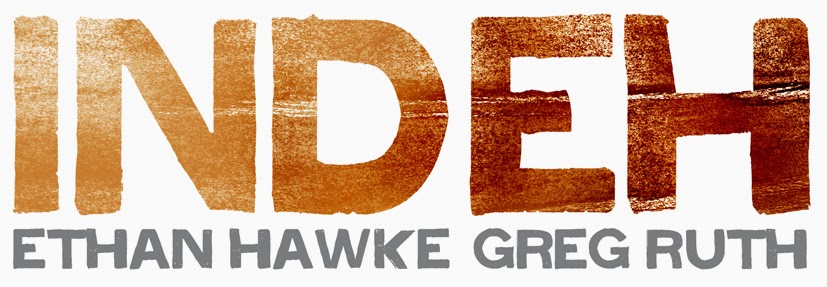
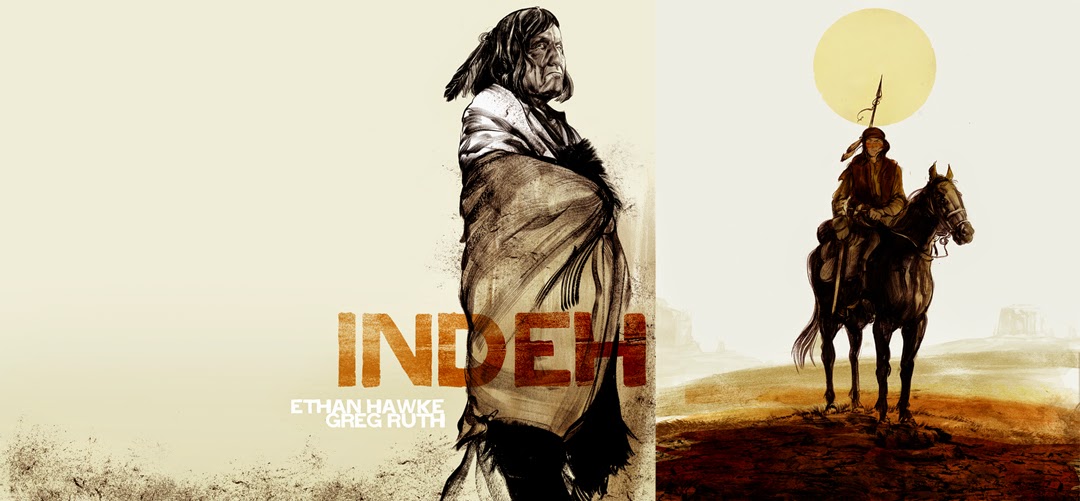
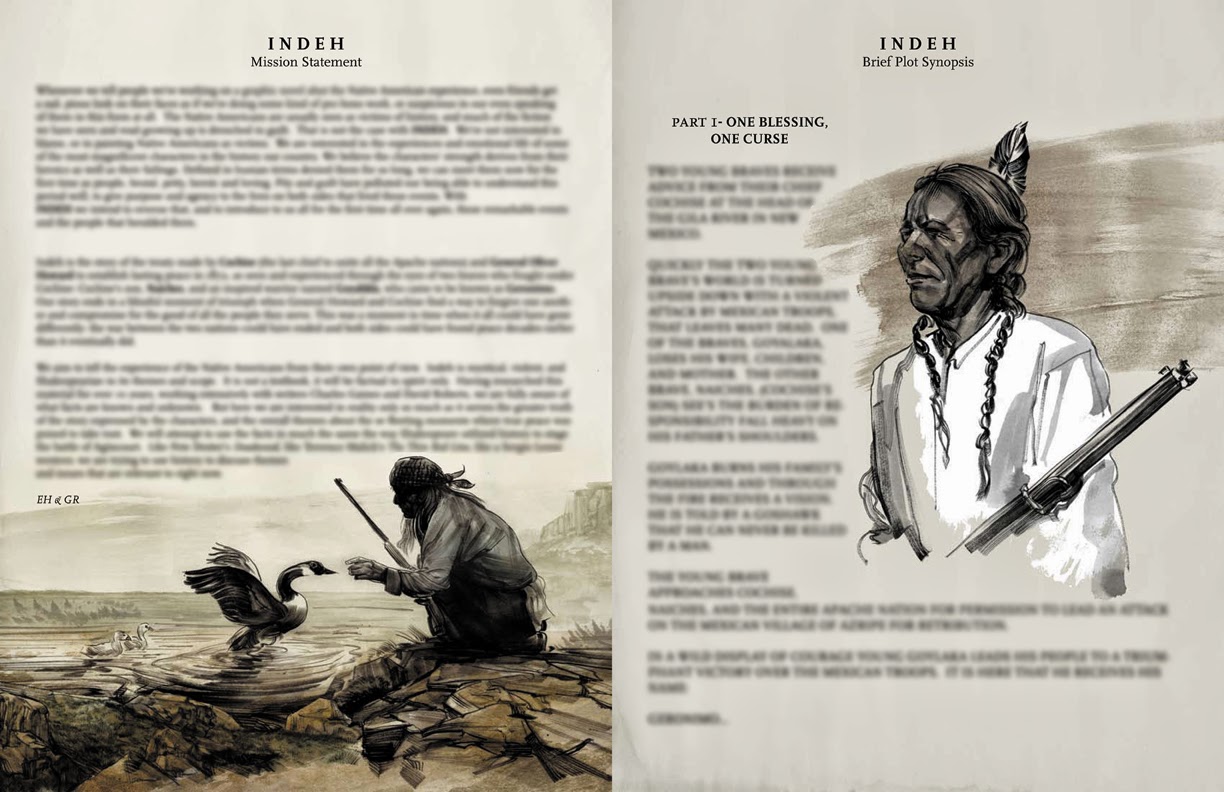
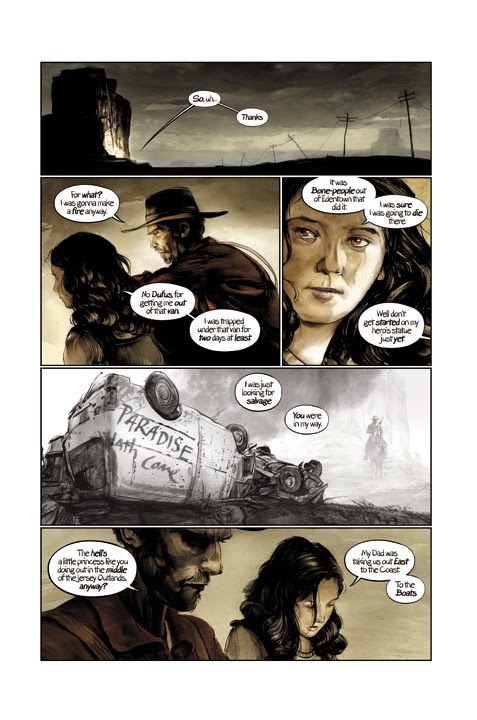
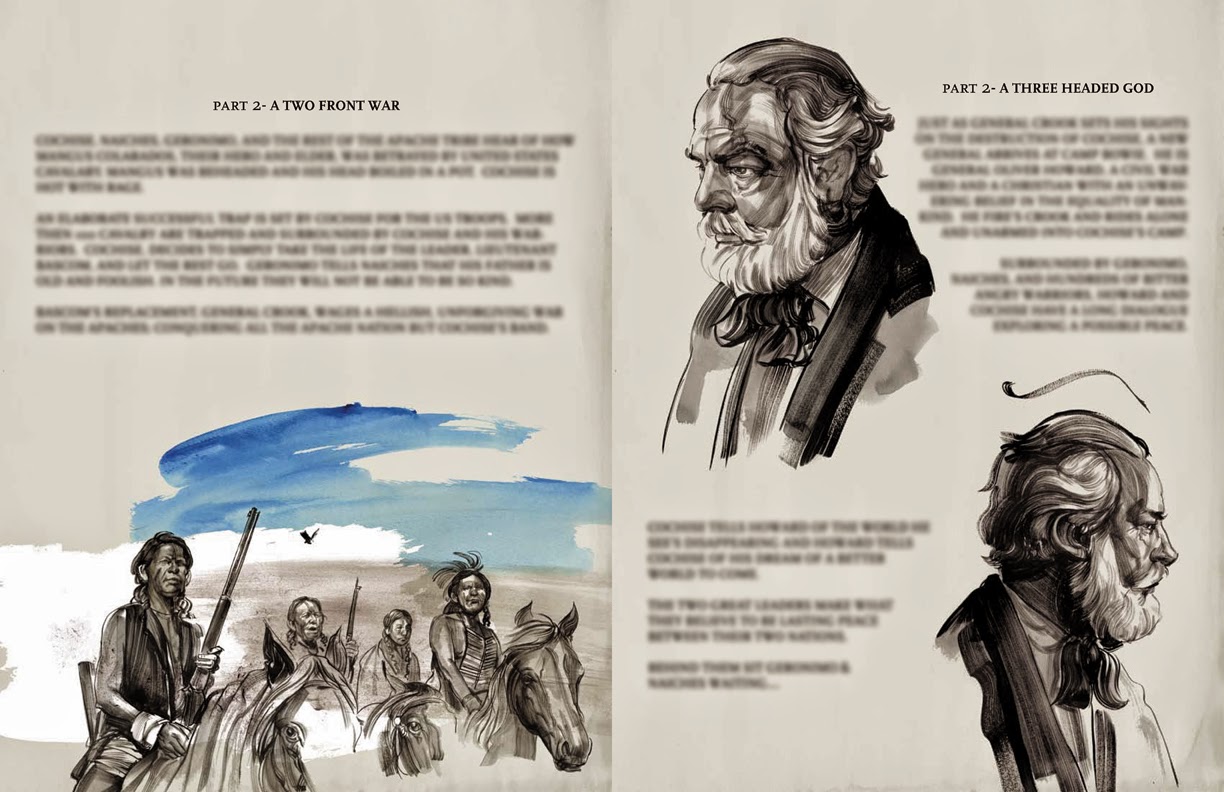

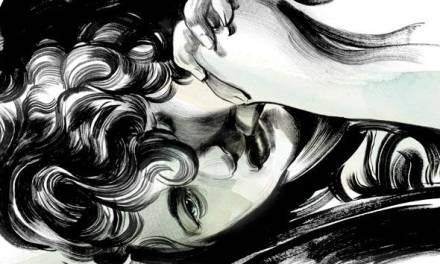



Wow, some light bulbs just went on Greg. Thanks for this post. Really helpful.